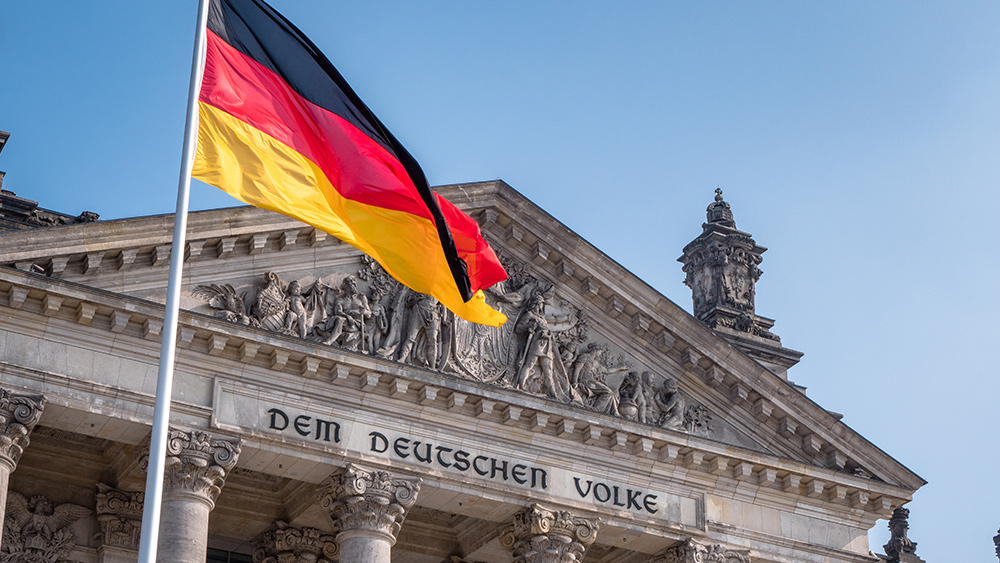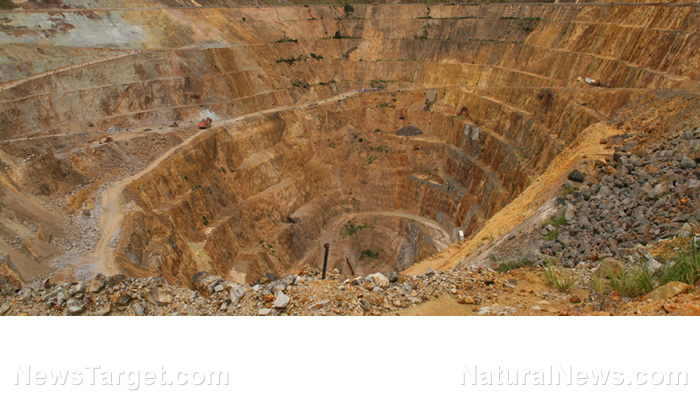New Energy Market Order: Russia, China, Iran sign over a dozen new trade agreements – mostly concerning energy
06/09/2023 / By Arsenio Toledo

China, Iran and Russia signed over a dozen agreements with each other in the first week of June alone, mostly concerning energy, showing how the three nations are creating what has been billed as the “New Energy Market Order.”
Moscow signed at least 10 new cooperation agreements with Iran for the benefit of both of their oil sectors by May 18. China similarly signed new cooperation agreements with Iran and is also significantly expanding its influence in the Middle East to secure sufficient hydrocarbon supplies to fuel its own economic growth. (Related: Iran’s trade with BRICS nations SURGES 14% as it eyes joining bloc and divesting from the dollar.)
On May 18, Iranian Deputy Minister for Oil Ahmad Asadzadeh bragged that 100 Iranian and 80 Russian corporations took part in the signing of two agreements and eight memorandums of understanding on a wide range of fields, including projects to increase oil production, smart technology transfers and the completion of a transport network that will link Moscow to the Gulf of Persia and India while avoiding Western sea lanes and American sanctions.
Russian Deputy Prime Minister Alexander Novak led the Russian delegation to Tehran to discuss boosting bilateral trade and said the two countries are also in talks to discuss the signing of future agreements, including one that may establish an electronic gas trading platform in southern Iran with the help of Russian investments.
China expands influence in Middle East
China’s recent new agreements with Iran are part of its overarching “One Belt, One Road” economic growth strategy.
According to an Iranian source that spoke to Simon Watkins of OilPrice.com, the agreements signed simply “nail down some of the remaining details on financial, investments and energy cooperation” contained within their 25-year cooperation agreement, known as the “Comprehensive Strategic Partnership between the Islamic Republic of Iran and the People’s Republic of China.”
This agreement officially brought Iran into the multitrillion-dollar Belt and Road initiative and aimed to significantly expand China’s economic and political influence in Iran and the rest of the region. The agreement lays out a “road map” for stronger trade and economic and transportation cooperation within both countries, with a special focus on both of their private sectors.
The 25-year agreement also guarantees that the price of Iranian oil and gas exports to China will be at least 30 percent lower than their relevant oil pricing benchmarks.
Watkins described the Belt and Road initiative as China’s “multi-generational power-grab project” that seeks to turn the entirety of the Middle East into “a large oil and gas station by which it can fuel its economic growth to overtake the U.S. as the number one superpower by 2030.”
The original agreement, signed on March 27, 2021, has already become a great boon for both Iran’s and China’s economies. Exports of non-oil products from Iran to China from March 2022 to January 2023 increased by 10 percent to $12.8 billion.
China’s exports to Iran also rose by 33 percent to $12.7 billion during the same period, with Iran mostly importing industrial oils, pharmaceuticals, industrial equipment, electronics, steel products, spare car parts and other related products.
Iran’s global trade during this time has already blossomed, with the country’s non-oil trade during the first 10 months of the last Iranian year worth over $45 billion, representing a 2.9 percent increase in value compared to the previous year.
Despite these already fantastic trade figures, Iranian President Ebrahim Raisi is still dissatisfied and has spent the past few months holding trade and investment meetings with senior Chinese officials, including President Xi Jinping.
These meetings have been fruitful, and China has agreed to inject between $300 to $400 billion into the Iranian economy in the form of foreign direct investments. These investments will go mostly to the Iranian oil, gas and petrochemical industries.
Learn more about the global energy market at NewEnergyReport.com.
Watch this episode of “The Stew Peters Show” as host Stew Peters discusses the strengthening alliance between China and Russia.
This video is from the Polyxena Lobkovice channel on Brighteon.com.
More related stories:
IEA report: Nearly 80% of Russian crude oil has been rerouted from EU to China and India.
Russian oil exports surge despite Western sanctions, Moscow’s output cut.
Sources include:
Submit a correction >>
Tagged Under:
belt and road, big government, bubble, China, conspiracy, economic riot, economics, economy, energy, energy market, energy supply, finance riot, foreign relations, Iran, money supply, oil, oil trade, power, risk, Russia, supply chain warning, trade
This article may contain statements that reflect the opinion of the author
RECENT NEWS & ARTICLES
COPYRIGHT © 2022 FuelSupply.news
All content posted on this site is protected under Free Speech. FuelSupply.news is not responsible for content written by contributing authors. The information on this site is provided for educational and entertainment purposes only. It is not intended as a substitute for professional advice of any kind. FuelSupply.news assumes no responsibility for the use or misuse of this material. All trademarks, registered trademarks and service marks mentioned on this site are the property of their respective owners.




















